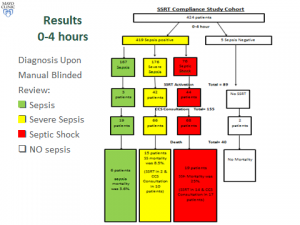Author Interviews, Infections, Pediatrics, Respiratory / 06.11.2015
Pediatrics Outcomes of EV-D68 Infections Not As Bad As Feared
MedicalResearch.com Interview with:
Dominik Mertz, MD, MSc, FMH (CH)
Assistant Professor, McMaster University
Department of Medicine, Division of Infectious Diseases
Associate Membership Department of Clinical Epidemiology and Biostatistics / Pathology and Molecular Medicine
Medical Director Infection Prevention & Control, Hamilton Health Sciences
Juravinski Hospital and Cancer Center
Hamilton, ON, Canada
Medical Research: What is the background for this study? What are the main findings?
Dr. Mertz: There was a perception that there was an increase in ICU admissions and deaths, initially in Kansas City and Chicago, which was found to be related to the enterovirus strain EV-D68, which had previously not resulted in any major outbreaks in North America.
We have one of the first laboratories that was able to provide a specific EV-D68 PCR routine testing allowing us identify EV-D68 cases and to compare the outcomes in patients infected with this strain to children infected by other rhino/enteroviruses.
We found a substantial overlap in how the patients presented between patients with EV-D68 and non-EV-D68 infection. It seems that children infected with EV-D68 were in deed at higher risk for having respiratory distress and needing hospital admission, with children with allergies being at a higher risk. We did not find an increase in more severe outcomes, though, i.e. no higher risk for ICU admission (23 vs 15%) and 0 deaths in the EV-D68 group. We also did not find any evidence of in-hospital transmission of EV-D68.
(more…)














